Plastics and their devastating impact on the environment is not news at all. For all our efforts to reduce packaging, recycle materials, reuse and upcycle plastic, it is still ending up in the environment in frightening amounts, from showing up in local waterways to the floating garbage island in the middle of the Pacific Ocean that is over 600 thousand square miles in size.
But then, isn't it ironic that one of the major uses of single-use plastic packaging is for the ubiquitous plastic beverage bottles that far too many of us grab for hydration while on the move?
Thankfully, the Microbead-Free Waters Act of 2015 prohibited the manufacturing, packaging, and distribution of rinse-off cosmetics containing plastic microbeads in the US - including products that are both cosmetics and non-prescription (also called “over-the-counter" or "OTC") items such as toothpaste. Just imagine, that up until 2015 we were voluntarily putting plastic in our mouths and on our bodies in the name of vanity!
Closer to home however, is a greater potential problem and that’s in the water that we are drinking.
Plastics in drinking water
A water quality study of Pennsylvania’s waterways was recently done by Environmental advocacy group PennEnvironment to determine what levels of microplastics the water contained.
“The results were astounding,” said Faran Savitz, conservation associate with PennEnvironment. “In all, we collected over 300 water samples from 53 waterways and we found microplastics in every single waterway from east to west and north to south, from the smallest, most pristine looking stream, to Pennsylvania’s biggest lakes and rivers.”
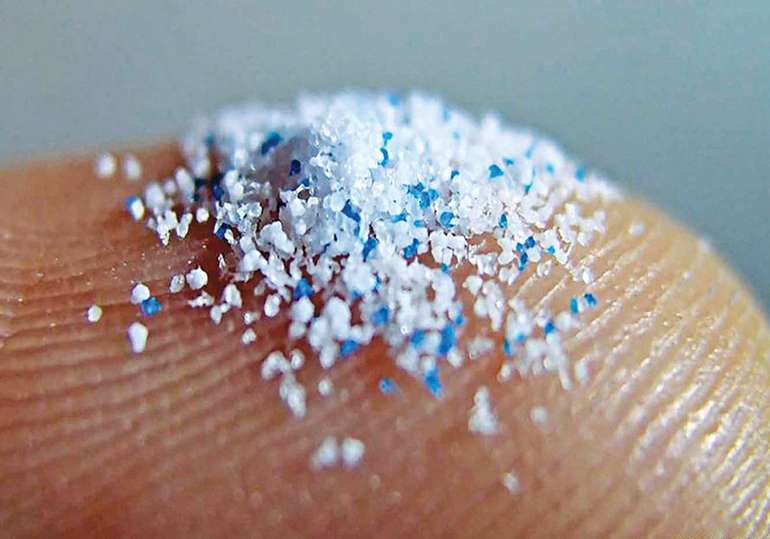
‘Invisible plastics’ are a major contributor
Despite the social media messages that steer public perceptions to certain conclusions on the source of the plastic problem, the reality is that the microplastic pollution caused by the washing processes of synthetic textiles has recently been found to be the main source of primary microplastics in the oceans. And if it's in the oceans, it probably got there by floating down our rivers and streams.
In a recent UK study, the release of microplastics from household washing machines was studied in order to gain reliable data about the effects of washing synthetic fabrics on water quality. The results showed that microfibres released during washing ranged from 124 to 308 mg per 2.2lbs of washed fabric. And depending on the type of washed garment, that corresponds to a number of microfibres ranging from 640,000 to 1,500,000 - per wash.
What that means, is that every time we wash 2.2 lbs of synthetic fabric, we release millions of pieces of microplastic into our water. And here’s another fine stat to wash that down with before you dash off to buy regular cotton goods - 25% of the world’s pesticides use happens in the US, for one crop, to grow conventional cotton...
We consume a credit card per week !
So, what is the impact of all this plastic contamination on humans? Brace yourself - “You consume about a credit card’s worth of plastics a week,” Savitz from PennEnvironment said.
Plastic doesn’t break down the way organic materials do, such as compost, newsprint and wood. Over time and weathering, plastic just breaks down into smaller pieces of plastic, and anything smaller than 5 mm is considered a ‘microplastic’.
“Researchers found microplastics in so many places, from Mount Everest to the deepest parts of the ocean, and even in our foods, air we breathe, and rainwater,” said Savitz. “And it’s really concerning because microplastics not only contain chemicals that are harmful to our health, and to the health of wildlife, but they can concentrate toxins that are already in the environment, acting as a vector for harmful chemicals.”
There is no way to remove microplastics from oceans and waterways, the best we can hope for is to slow the damage by reducing how much we add in the future. Currently more than 35 000 000 tons of plastic waste is generated every year in the US, and under 10% of that ends up actually being recycled.
I think a lot of people roll their eyes at the idea of banning plastic drinking straws or grocery bags, but our collective disbelieve that individual actions can affect change is responsible for countless environmental time bombs currently ticking away in a dangerous and uncontrolled global experiment.
What can we do about microplastics in water ?
PennEnvironment recommends taking action at the state level to stop pollution by having the legislature pass the Zero Waste PA package of bills, which would ban single-use plastics such as straws, foam food containers, electronic waste and investing in more plastic recycling programs. And while this is a start, it can't in itself be considered the solution.
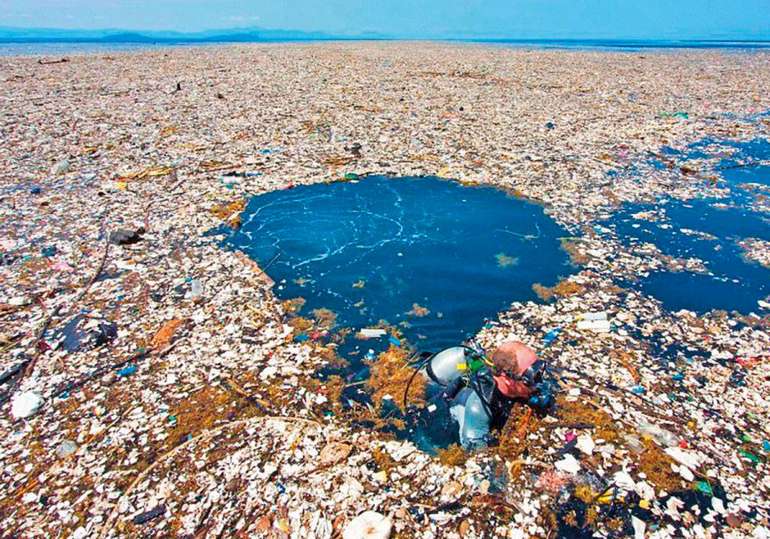
We at The Ecohome Network would also like to see legislation that ensures the alternatives are actually better - plastic laminated onto cardboard for cups and food containers makes them impossible to recycle, and also impossible to compost without putting yet more plastic into the ground.
And, purely speculation of course, but as this plastic comes into contact with scalding hot beverages we're willing to bet that there's more toxic chemicals leaching out of this than we care to think about. Just one ‘well known coffee company’ used 3 850 000 000 (that's 3.85 billion) paper cups for hot beverages in 2017 alone. Let's say it again, ‘paper’ cups with plastic liners that can't be recycled replacing all plastic cups that can be recycled isn't a solution!
“There is no silver bullet solution for the mini-menace of microplastics,” said Savitz. “Fundamentally, we need to cut plastic pollution off at the source and change the way society deals with our waste." - Hear, hear, says us!
How much home plastic gets recycled?
For all our efforts to separate and sort plastics, in the current situation, according to the EPA, only a total of 8.7% of plastics are recycled in North America. This is not only embarrassing, but it's insulting to those who take the time to diligently sort their recycling materials - when you consider that only group 1 and 2 plastics are probably ever actually recycled when we drop them into that (ironically plastic) recycling bin - equating to just 15% of the total amount of plastics collected that we're told is "for recycling".
It's not so much that consumers aren't motivated to recycle or that they don't have ready access to recycling programs; the United States and Canada simply doesn't have the proper infrastructure to recycle all plastics, and this is blamed on the economics of it - which is half the problem. Nobody can make money from it added to that nobody is being made to take responsability for it.
As much as we're not huge fans of the State constantly legislating measures that affect our everyday lives, there are certain areas like this involving plastics where the majority of people probably need saving from themselves. That legislation needs to be made on the basis of hard facts and not pseudo-environmental emotions and guilt-trips fueled by social media images. Manufacturers of products sold in plastic bottles or wrapped in plastic packaging must be made accountable for it, along with keeping the use of virgin, new plastic reduced to an absolute minimum.
One last sobering hard fact to swallow - 90.5% of plastic waste ever made has never been recycled. We've buried it, burnt it, or thrown it into the ocean and hoped for the best.
Reducing plastics and waste in home construction
Reducing the plastic waste we generate as consumers is one battlefront, also very important is choosing truly sustainable building materials and reducing construction waste on a path to substantially reducing the environmental impact of humans and their buildings. True green home building goes beyond just energy efficiency and clean indoor air quality for occupants, it also takes into account the global impact of material selection based on the availability, composition and the total and staggering amount of construction waste generated in traditional building.
Consider this - at the current rate of construction, in any given year over 600 million tons of waste and debris is generated in the US alone from building, which is more than double the amount of municipal solid waste generated. Then consider that with city populations doubling by 2050, our world simply cannot sustain the growing impact that is guaranteed if we continue to use the same materials and wasteful building methods.
While we can train the construction industry to be more eco-conscious, and to separate building debris on site so it can be recycled where possible, the only way to really be certain to reduce the very wasteful manner in which the majority of homes are currently built is to be prefabricating wall and roof sections in an optimized factory environment for on-site assembly. No to mention changing North American attitudes to ‘disposable’ homes. A properly-built house should last for multiple generations, not just a few decades. Better planning, better use of land, better transport systems, a more mindful population and workforce - all of these are necessary to halt the decline in the environmental quality, survivability and beauty of our planet.
Join Ecohome as a free member - together we can make a difference over time, and personally - I don't find the thought of eating a plastic credit card every week very appealing - do you?
Now you know more about why we need to reducing the use of single-use plastics, plastic fabrics and construction materials, find more pages about green lifestyle choices in these pages :
Find more about green home construction in the Ecohome Green Building Guide pages - also, learn more about the benefits of a free Ecohome Network Membership here. |

































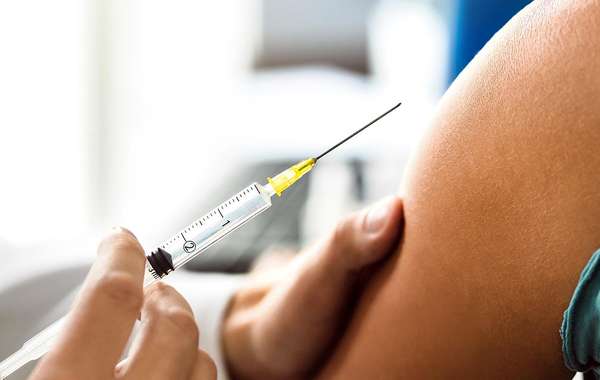
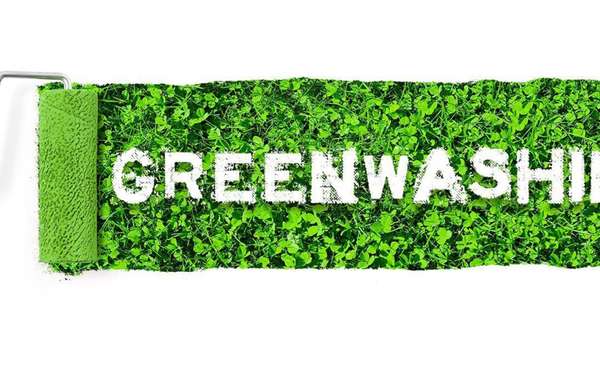
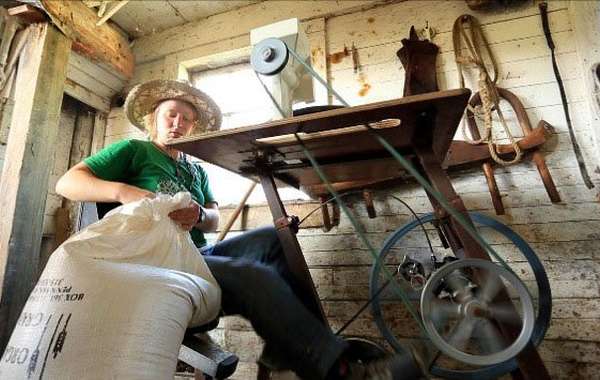
Comments (0)
Sign Up to Comment